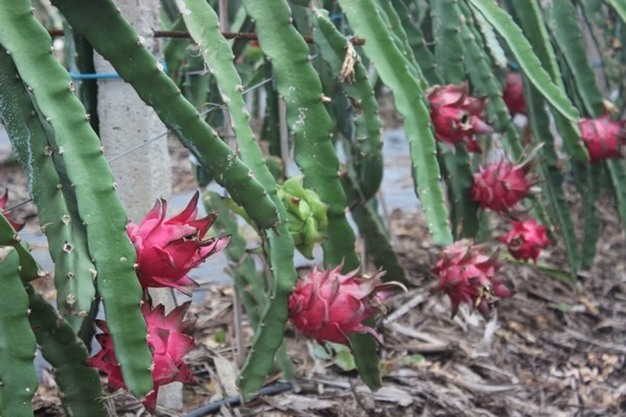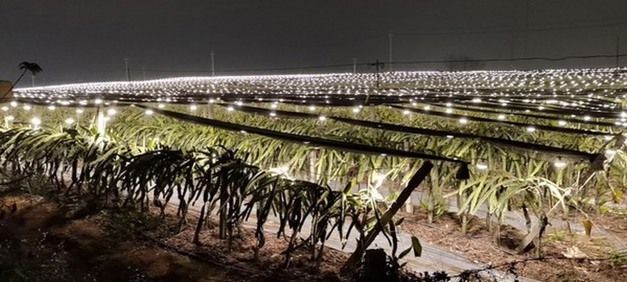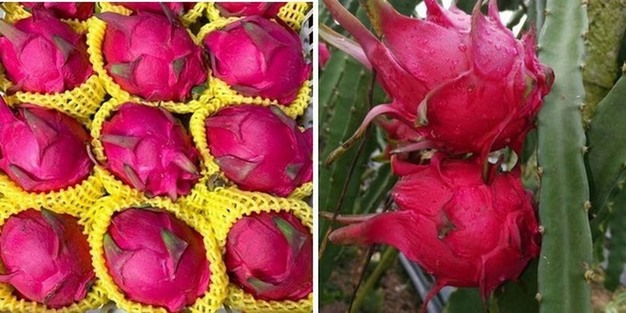The final batch of naturally grown red dragon fruit has been harvested in Yunnan, marking the end of this season's crop. Due to unusually rainy weather during the flowering period, approximately 10% of the yield was reduced due to poor pollination; however, fruit quality was unaffected.

Longyisheng Dragon Fruit Base, covering 53.3 hectares and producing around 2 million kilograms annually, is one of the largest dragon fruit producers. "Nanning, Guangxi, is the primary dragon fruit region in China, producing 8–10 batches each year," explained company manager Mr. Dong. "The natural growing season runs from June to November, followed by two additional batches grown with artificial lighting, extending sales into February."
Prices, however, remain low. "The previous batch of fruit sold for ¥3–3.6/kg at the source and around ¥4/kg wholesale, a significant drop from previous highs, with little expectation for this batch to improve," Dong noted.

Over the past two years, market conditions have been challenging for dragon fruit growers. "In the past, returning customers actively sought out our red dragon fruit, and we rarely had unsold stock. Now, several former buyers have gone out of business, and we're actively reaching out to new clients," Dong said. "While dragon fruit remains more affordable than many imported fruits, it is still pricier than local favorites like apples and pears, creating an uphill battle for sales."

Despite these challenges, Longyisheng's red dragon fruit remains a high-quality product with a sweetness level of 14%–16%, attractive shape, and excellent flavor. Dong observed that domestic awareness of China's dragon fruit production areas has grown, with planting increasing significantly over recent years. "In 2018, Nanning had only 2,600–3,300 hectares planted; by 2020, this had quadrupled to 12,000 hectares. However, due to the poor market, many growers are now considering selling their land or switching to other crops."
